Letter Recognition Worksheets for Ages 6-9
94 filtered results
-
From - To
Boost your child’s literacy skills with our engaging letter recognition worksheets, designed for ages 6-9. These printable resources from Kids Academy focus on identifying and distinguishing letters, catering to young learners through fun activities and vibrant visuals. Each worksheet is crafted to reinforce alphabetical knowledge, supporting classroom lessons and independent practice. Perfect for parents and educators, these exercises ensure children develop a strong foundation in reading and writing. Whether your child is just starting or needs extra reinforcement, our materials make learning the alphabet an enjoyable and successful experience. Unlock their potential with our trusted, kid-friendly worksheets!
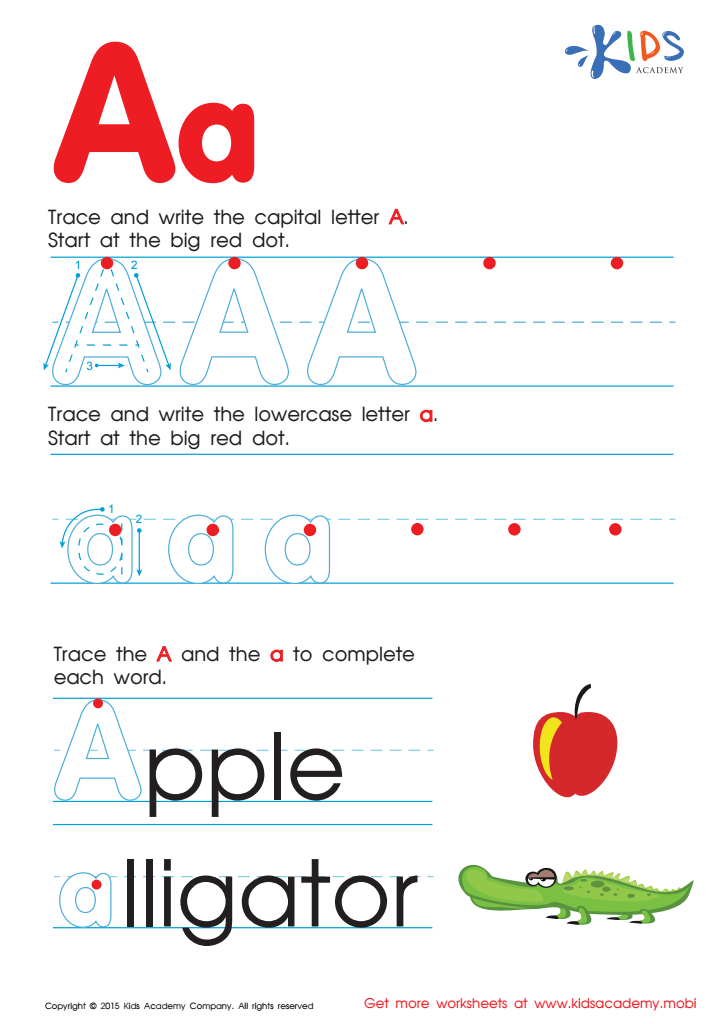

Letter A Tracing Page
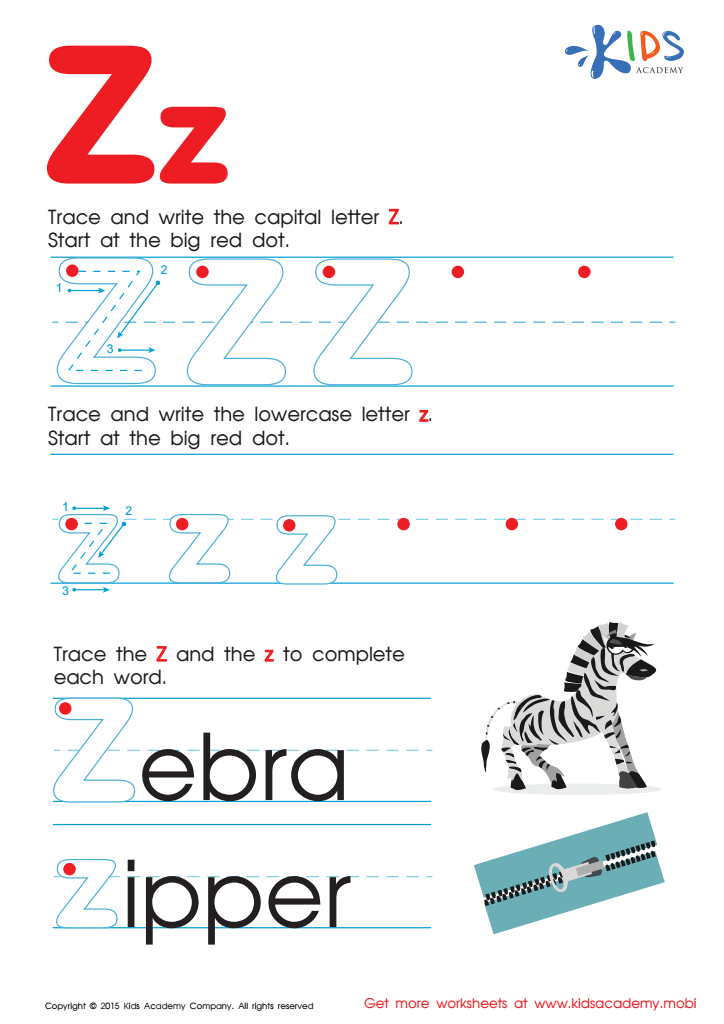

Letter Z Tracing Page


Letters J and K Tracing Worksheet


Letter U Tracing Worksheet
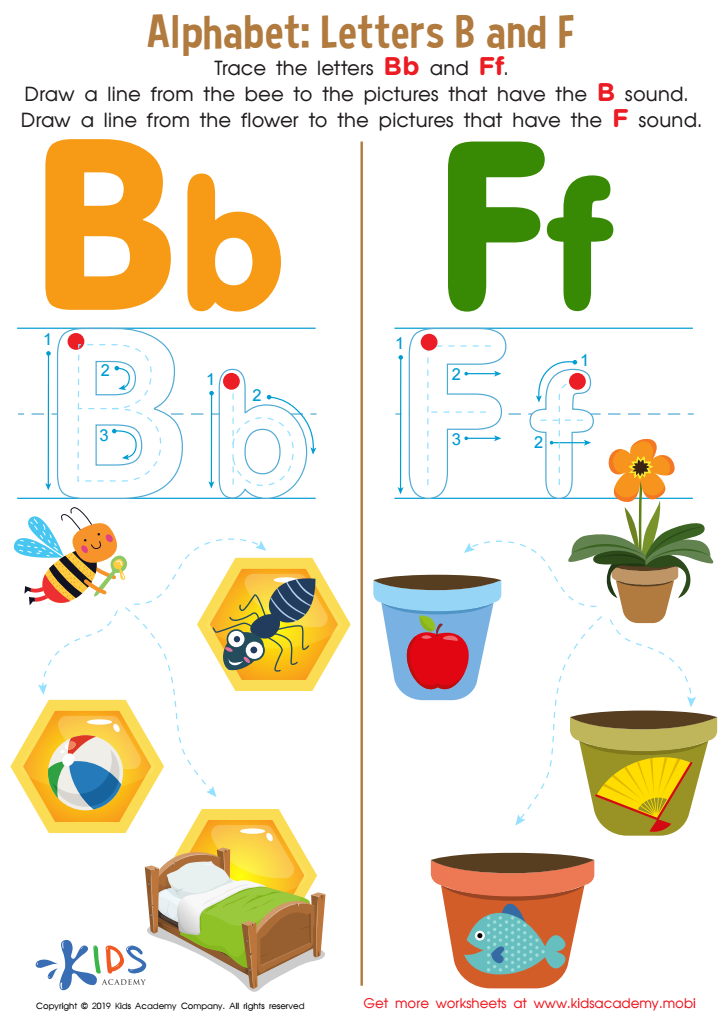

Letters B and F Tracing Worksheet
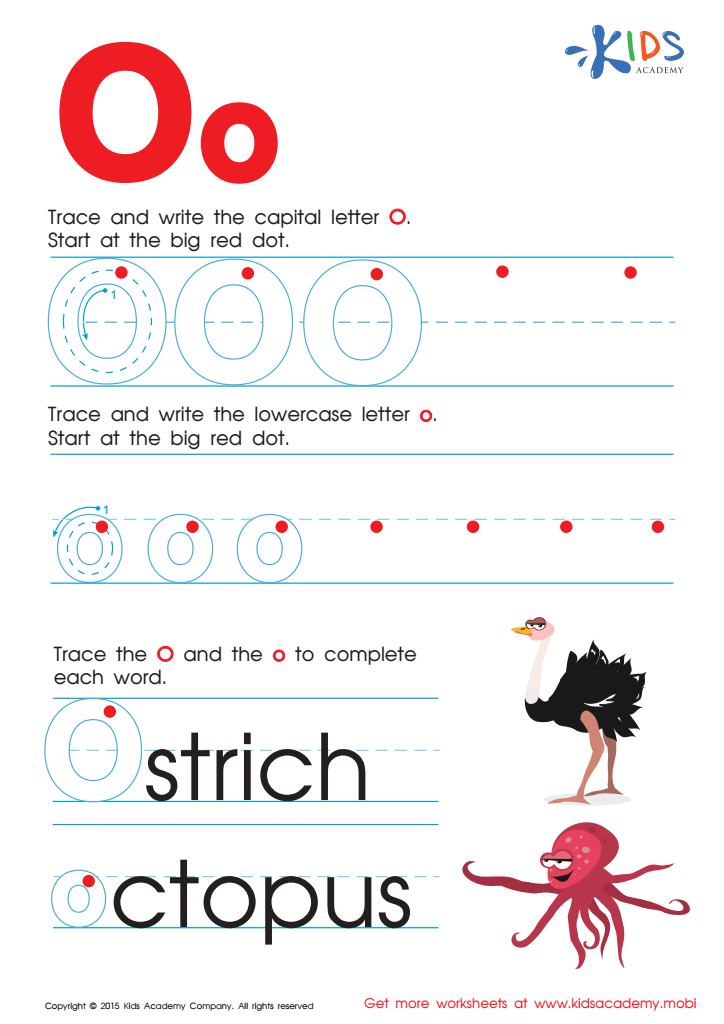

Letter O Tracing Page
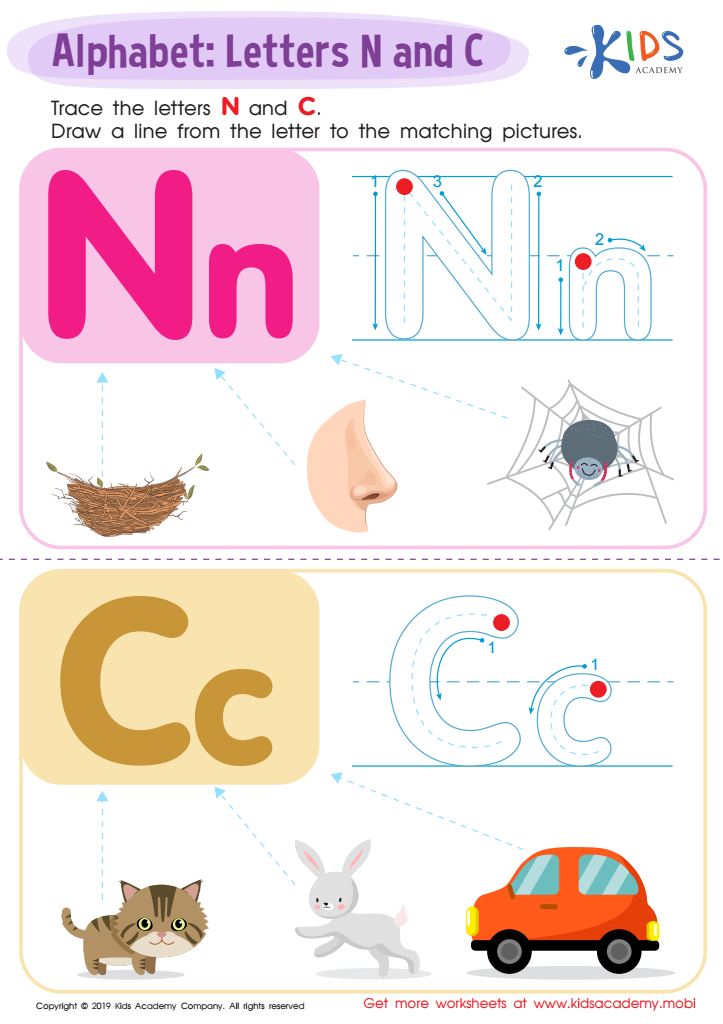

Letter N and C Tracing Worksheet
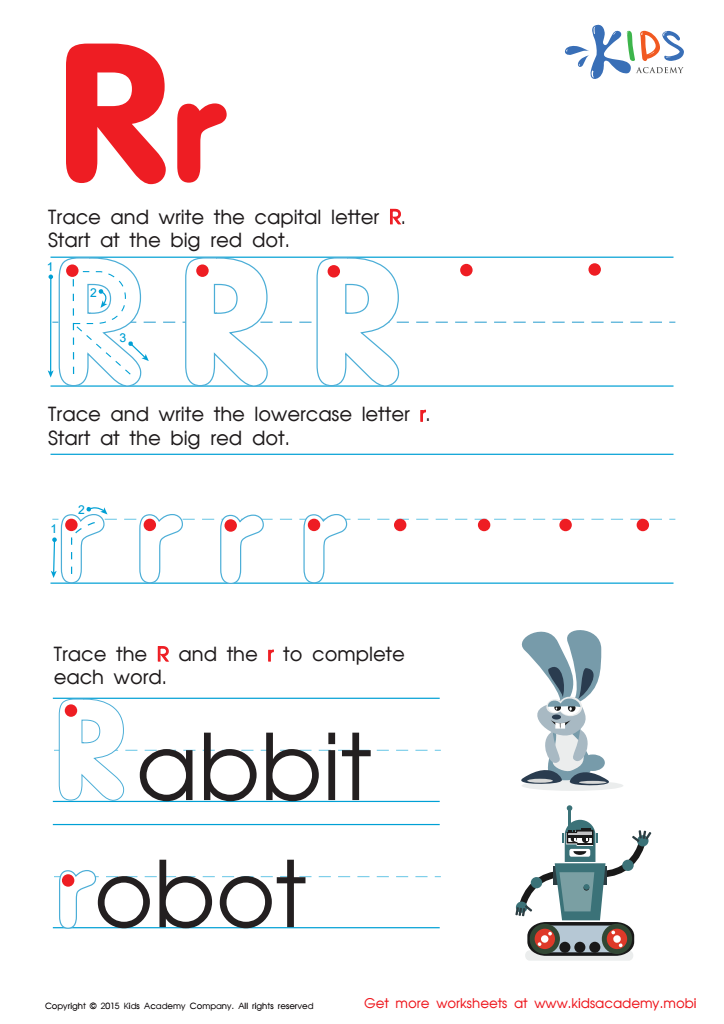

Letter R Tracing Page
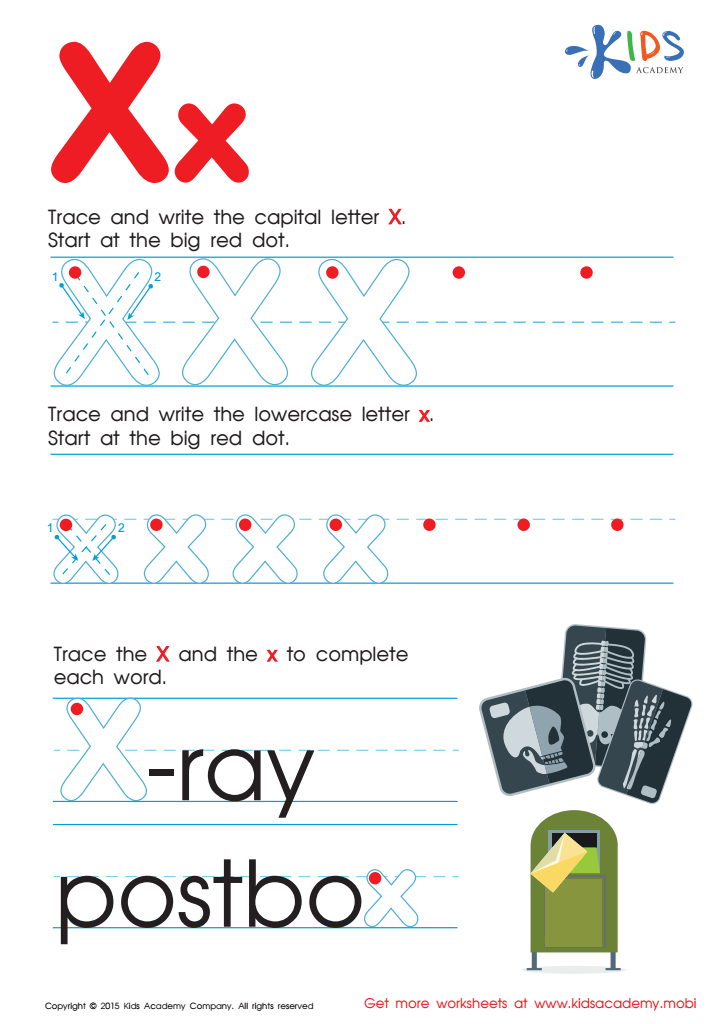

Letter X Tracing Page
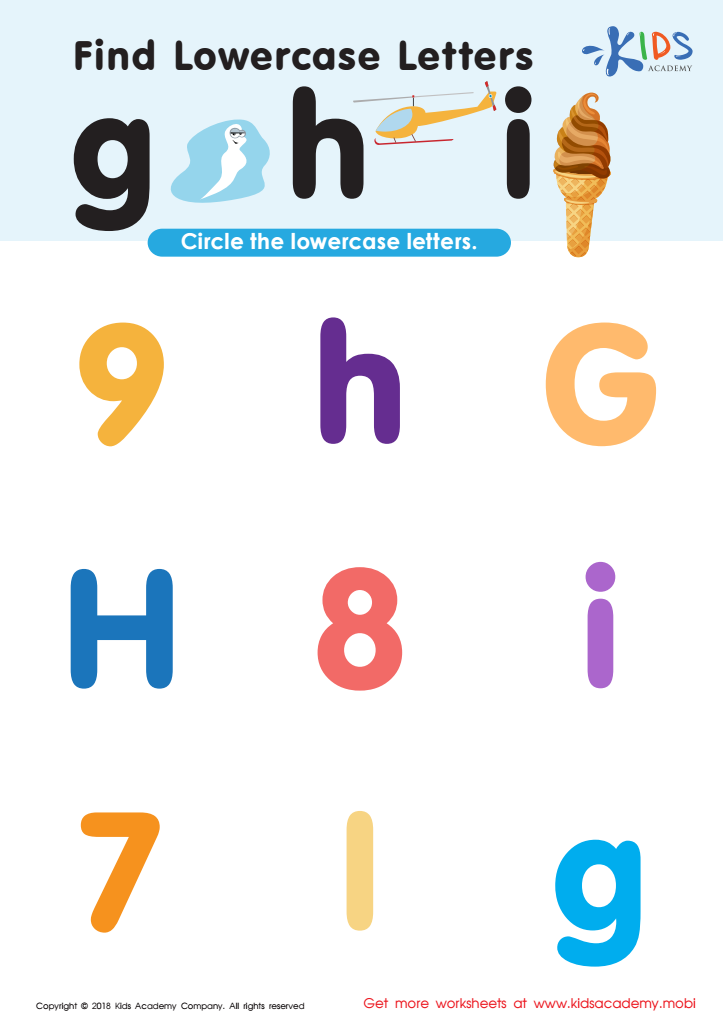

Find Lowercase Letters g h i Worksheet
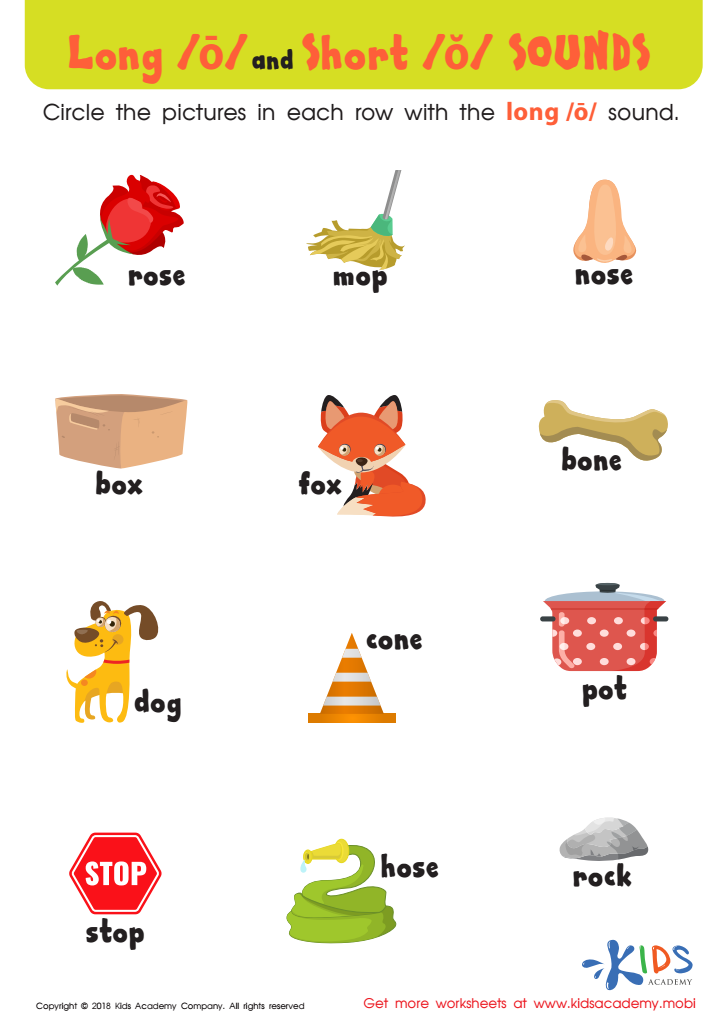

Reading: Long O and Short O Sounds Worksheet
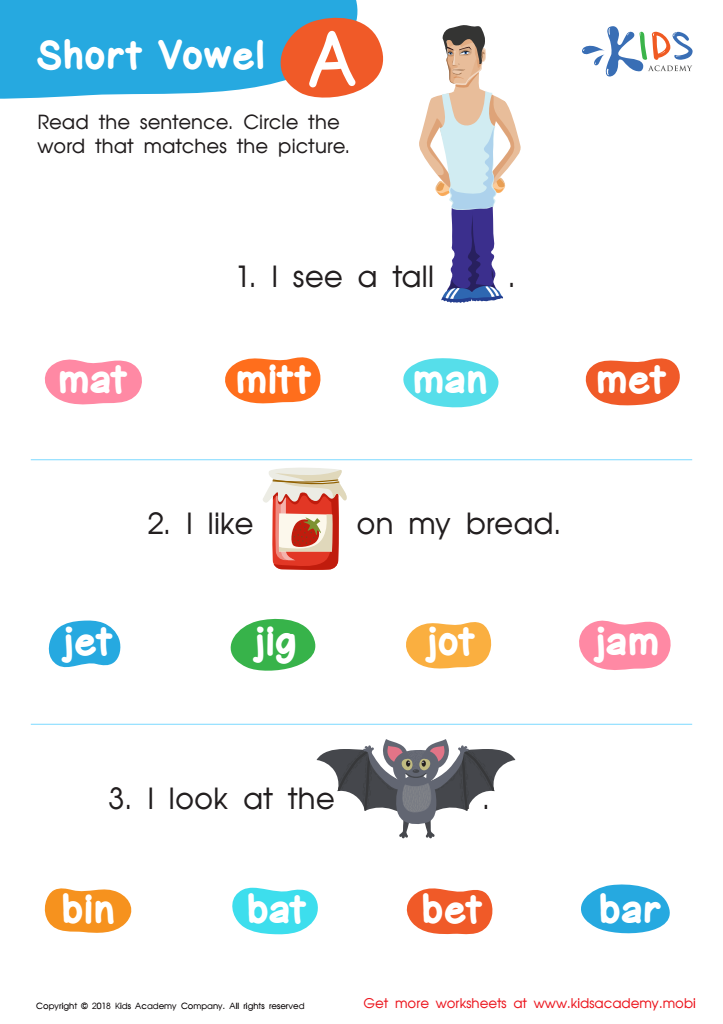

Short Vowel /a/ Worksheet


Letter P Tracing Page
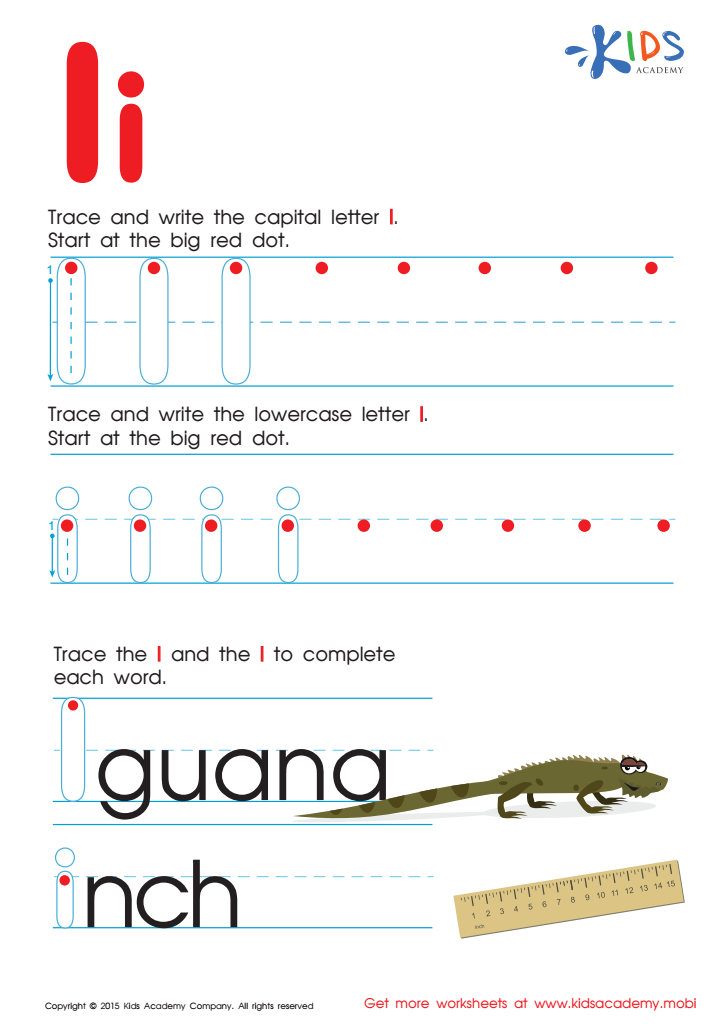

Letter I Tracing Page


Letter U Tracing Page


Letter Q Tracing Page
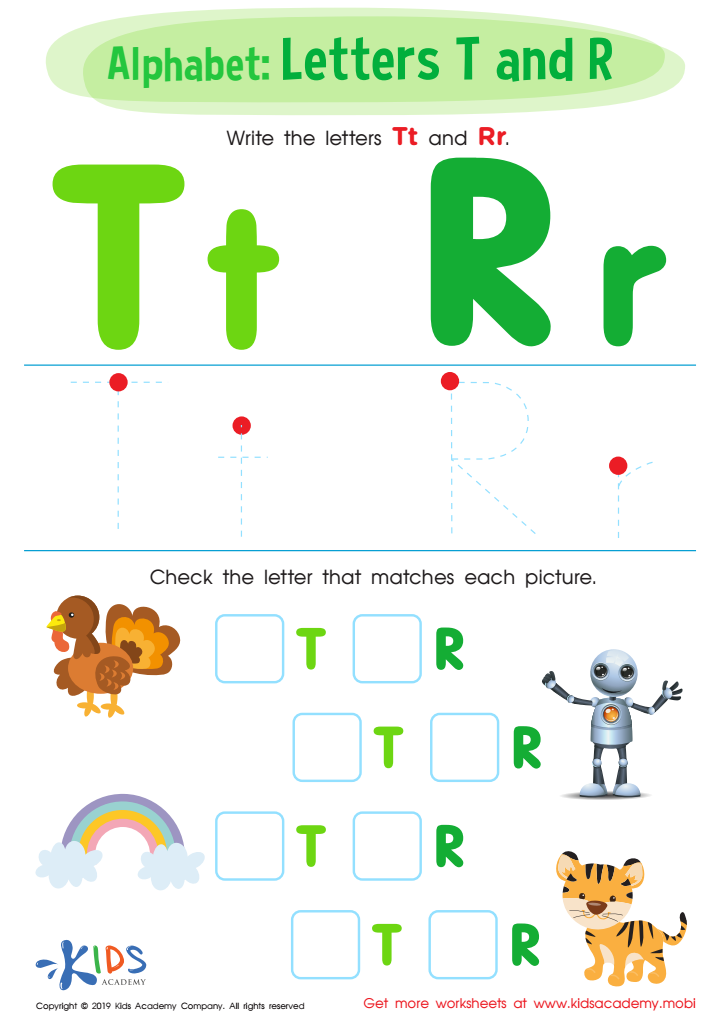

Letters T and R Worksheet
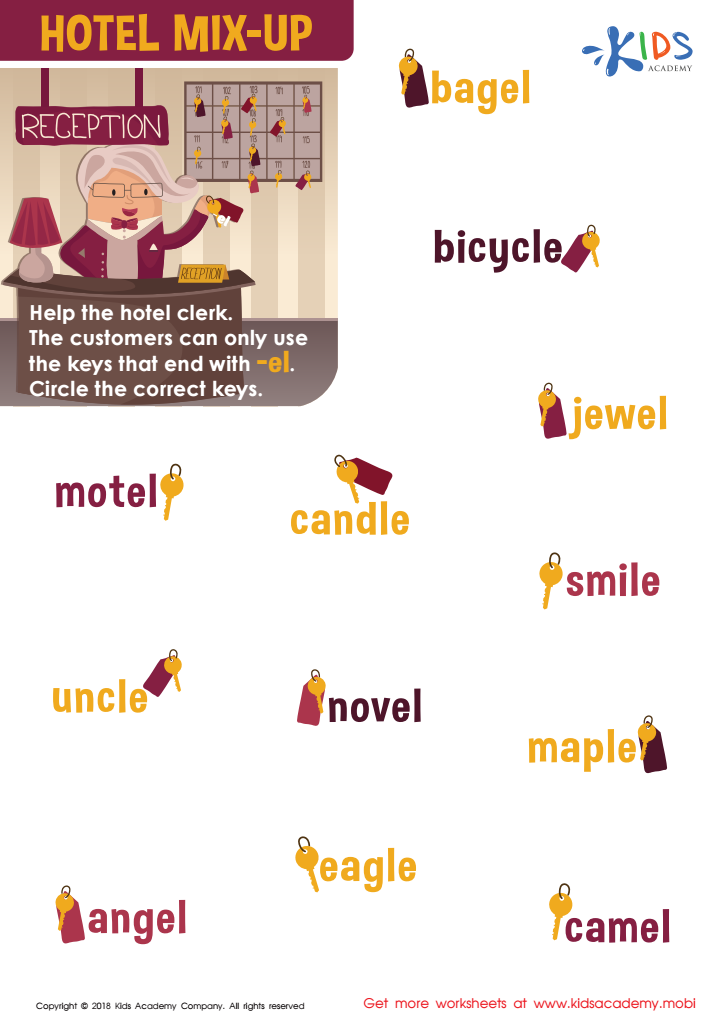

Hotel Mix-up Worksheet
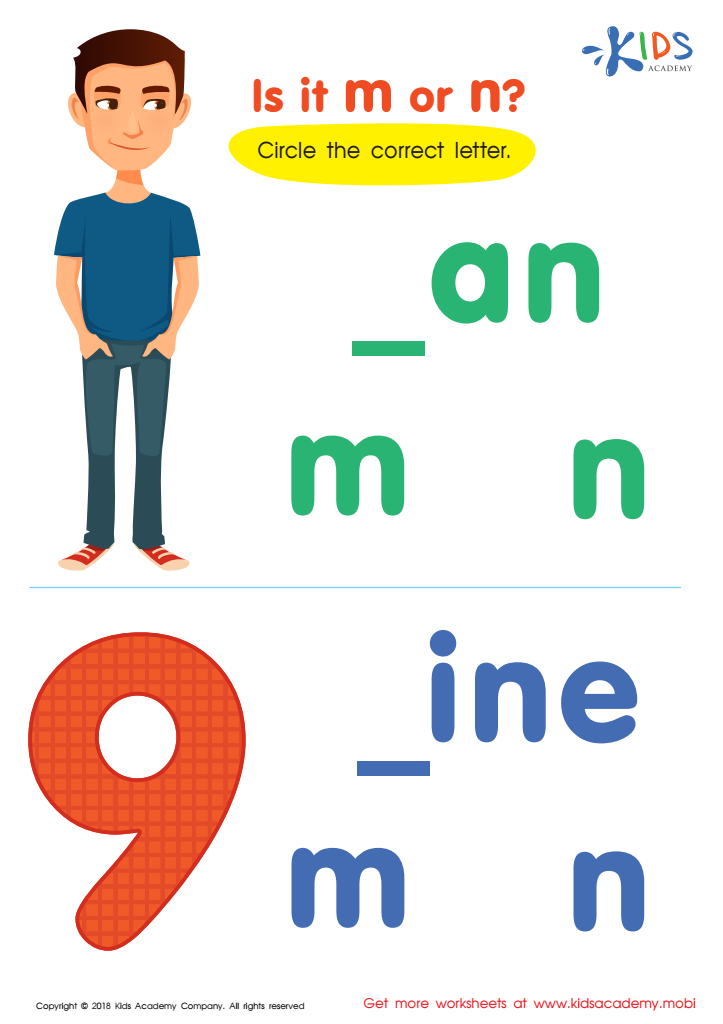

Is It m or n? Worksheet
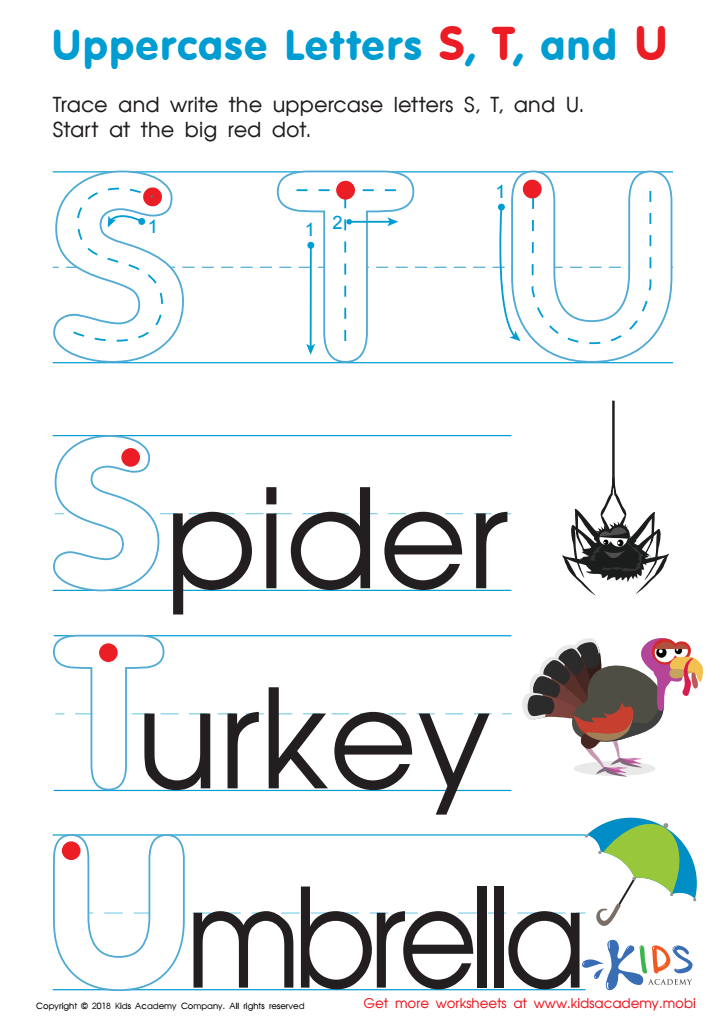

Uppercase Letters S, T, and U Worksheet
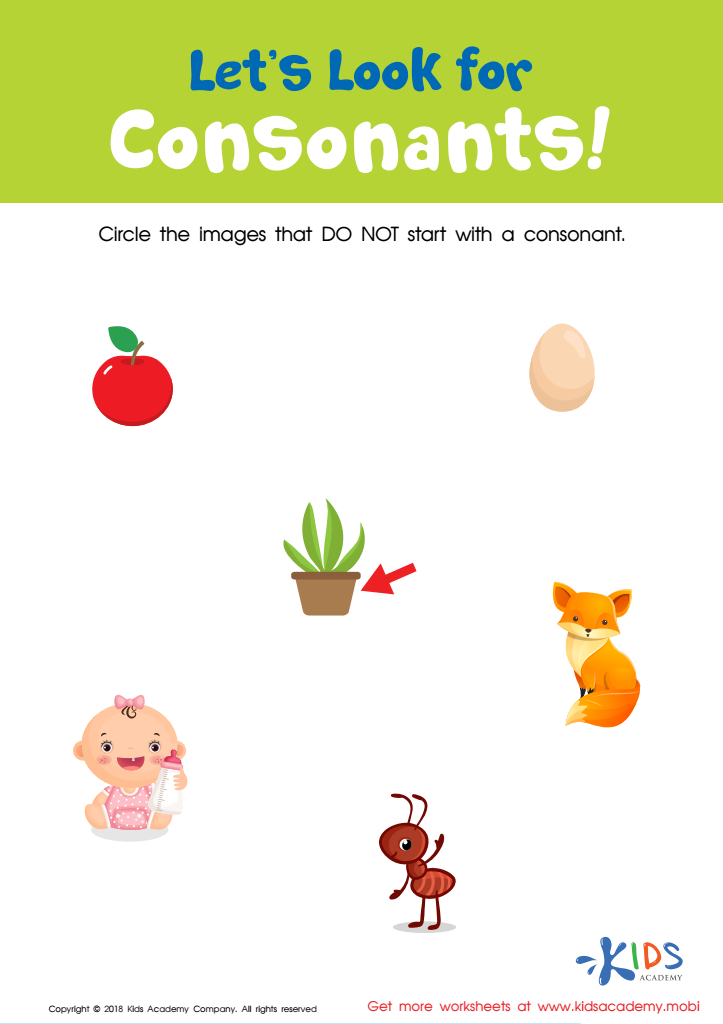

Let's Look for Consonants Worksheet
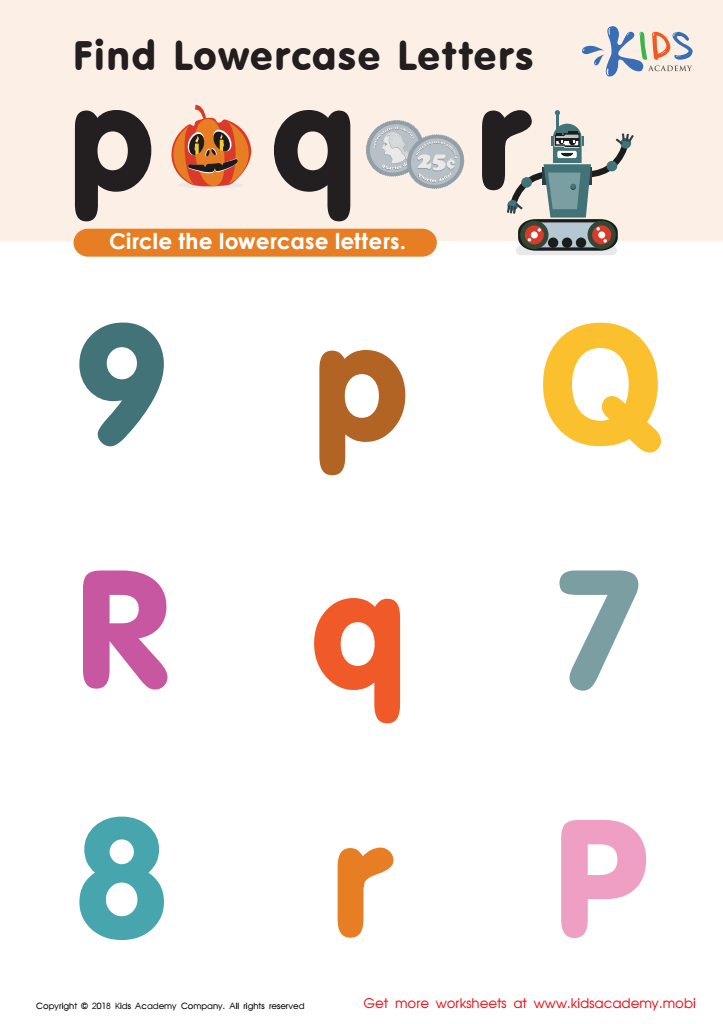

Find lowercase Letters p q r Worksheet
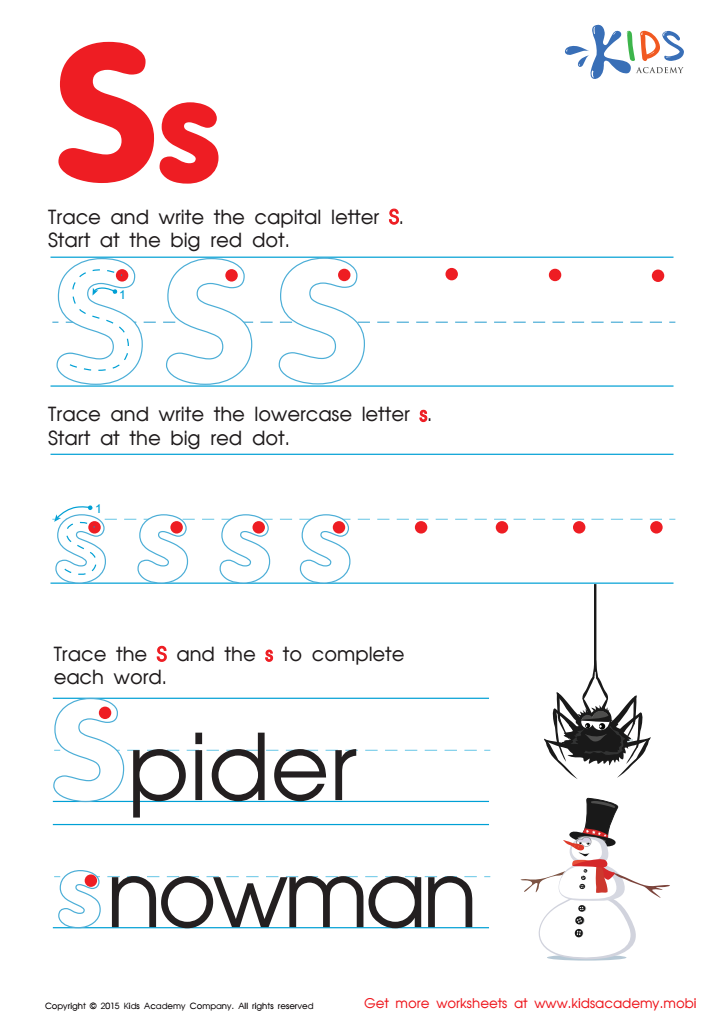

Letter S Tracing Page
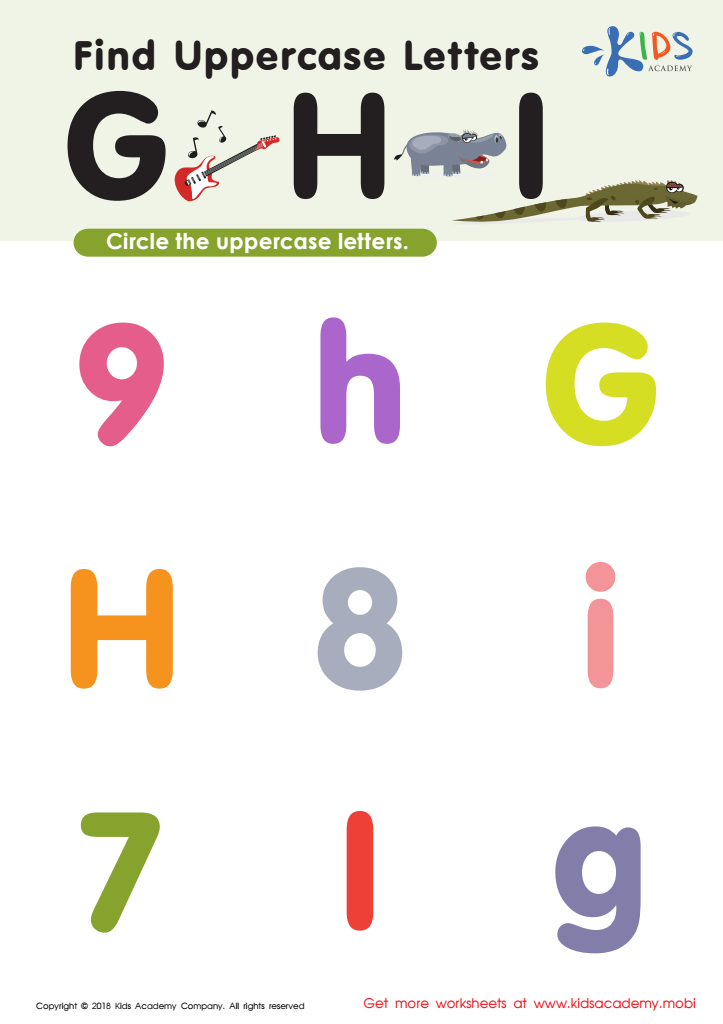

Find Uppercase Letters G, H, and I Worksheet
Letter recognition is a foundational skill crucial for children aged 6-9, serving as the backbone of early literacy development. At this stage, children transition from learning to read to reading to learn. Understanding and recognizing letters enables kids to connect individual letters with their corresponding sounds, which is essential for decoding words—one of the first steps in reading. This awareness underpins their ability to spell, write, and expand their vocabulary.
For parents, fostering letter recognition at home provides a supportive environment that reinforces what is being taught at school. Simple activities such as reading bedtime stories, playing alphabet games, and encouraging children to write can make learning both fun and meaningful.
For teachers, thorough letter recognition training ensures that students are equipped with the skills needed to progress into more complex literacy tasks. When children struggle with letter recognition, it can lead to broader academic challenges, including difficulties in comprehension and writing, which can impact their self-esteem and attitude toward learning.
In summary, both parents and teachers play vital roles in ensuring children develop strong letter recognition skills, paving the way for a confident, proficient, and enjoyable journey into reading and academic success. Understanding this importance, they can better support their young learners through interactive and encouraging educational practices.
 Assign to My Students
Assign to My Students














